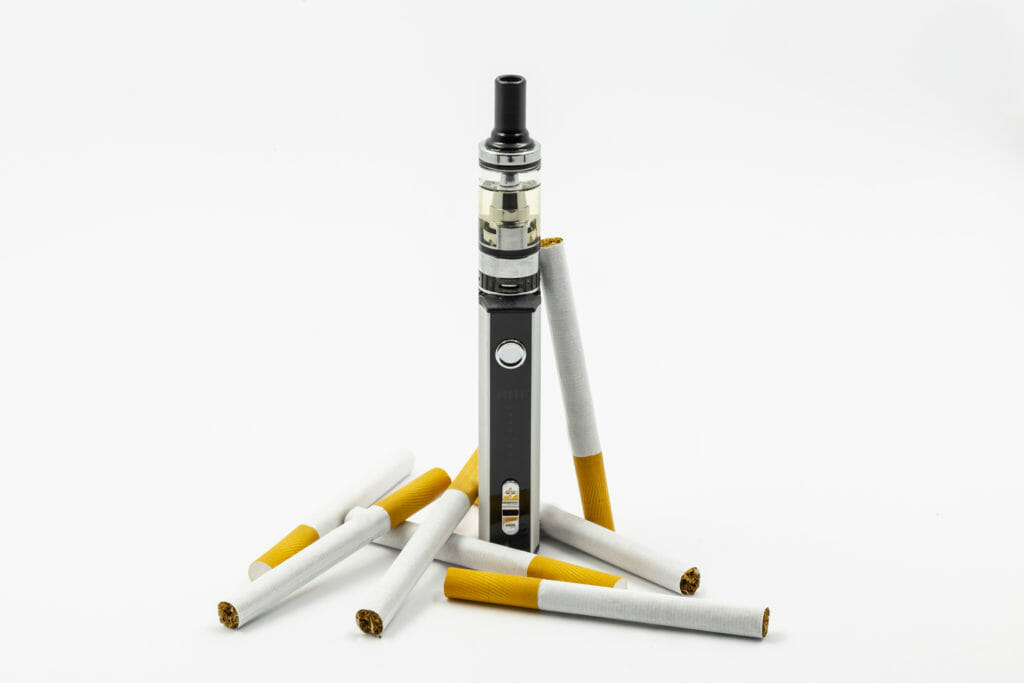Alarm About Vaping Trumps Concern About Opioids
 Two events occurred this week that shift the balance of concern about the potential danger of electronic vaporizers in a negative direction:
Two events occurred this week that shift the balance of concern about the potential danger of electronic vaporizers in a negative direction:
ONE: The 2018 report from Monitoring the Future revealed that vaping had not only increased but had jumped by a “shocking” amount. The doubling between 2017 and 2018 of past 30-day use by 10th and 12th graders was greater than any other increase in the 44-year history of the survey.
This is important because supporters of “e-cigarettes” argued that these devices were less toxic than tobacco cigarettes and would also help smokers ultimately give up nicotine. The use of tobacco by teenagers, however, has been declining for years. For so many of them to now begin vaping nicotine suggests that these devices may, in fact, be facilitating the initiation of nicotine addiction. Even worse, recent studies indicate that nicotine may be a gateway substance leading to the use of other psychoactive drugs.
Another problem with vaping is that these devices are being used for cannabis and there is some evidence that the potency, when used this way, is greater than when using traditional cannabis cigarettes.
TWO: Altria, the manufacturer of Marlboro cigarettes, announced a major investment in Juul Labs, the company that manufactures one of the most popular vaping devices. This will give Juul access to Altria’s marketing expertise. Furthermore, at a time when the FDA has become increasingly critical of Juul over the increase in teenage use, the vaping company will now have the benefit of Altria’s “lobbying power and regulatory influence.” The Altria CEO boasted, “We have years of experience … with the FDA that we’d be happy to provide perspective on.”
That’s more than enough bad news for this blog issue. The good news is that opioid use in this age group continues to decline, despite the persistence of the opioid problem among post-teens. There is more good news in the current Monitoring the Future report, which I will summarize next week.